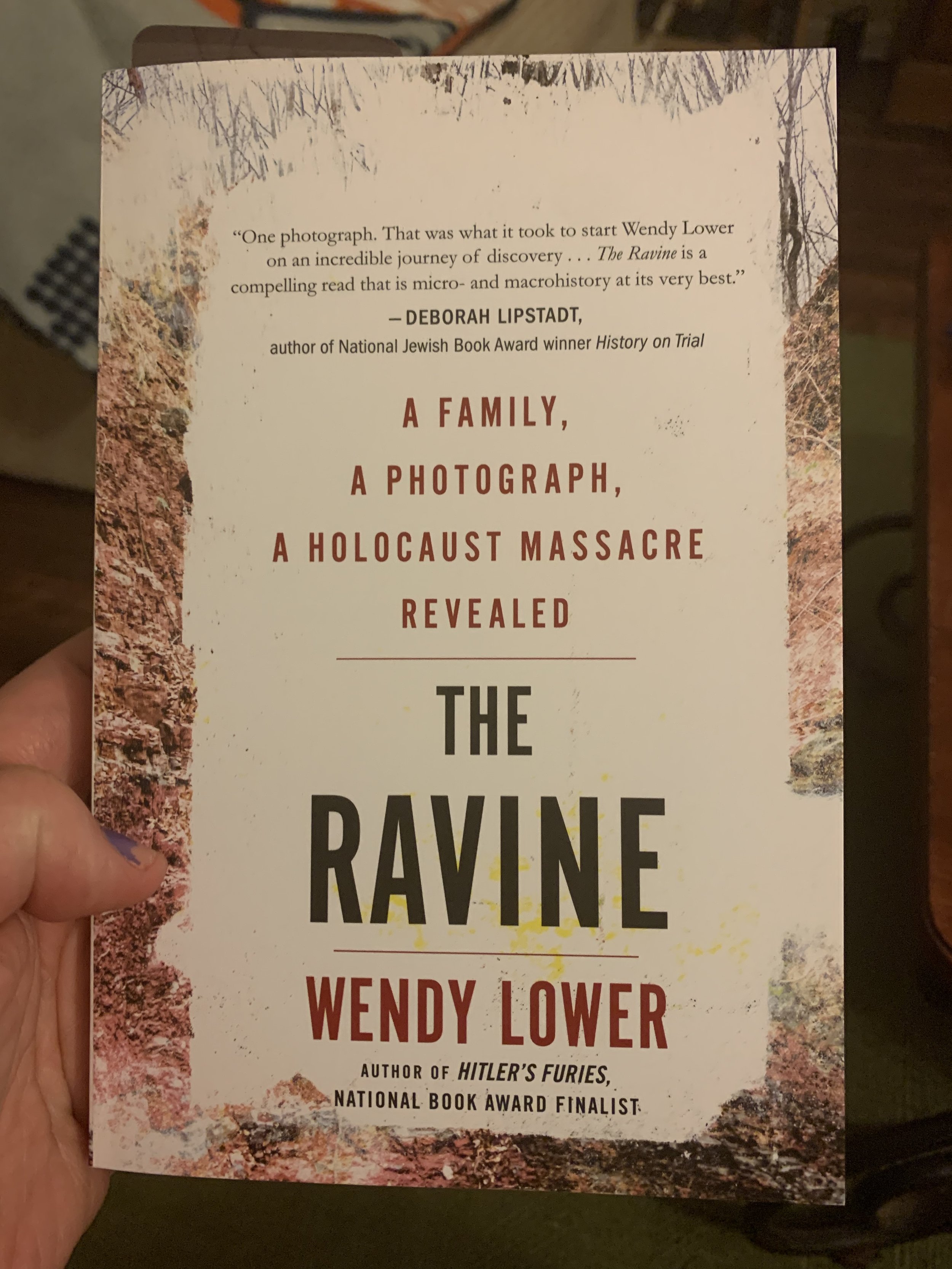The best book I read this month is the third in a series that focuses on Atlanta’s first Black police officers. The events in Midnight Atlanta occur in 1956, the same year as the Montgomery (AL) bus boycott, which does play a role in the story. There are even references to Martin Luther King, Jr. , and his father. The focus, though, is on the murder of a prominent Black journalist in Atlanta soon after his return from a visit to Montgomery. Was his death related to the bus boycott? Or was it the result of a conflict closer to home?
The mystery in Midnight Atlanta is suitably complex with well executed twists and turns, but it’s the characters who keep me coming back to this series. I admit, I wonder and worry about a white author writing Black protagonists. I can’t help but think that there are nuances missing in Mullen’s portrayal of his Black lead characters, Smith and Boggs, because he is a white man writing Black men. I like both characters very much (though I might like Smith a tad more than Boggs), but I wonder how different they would be written by a Black author.
Midnight Atlanta gave more “screen time” to Sgt. MacInnis, the white leader of the Black police squad, than in previous books. MacInnis is caught between two worlds, and I thought his struggle was handled well. I’m curious to see where his character goes from here, given the choice he made at the end of the book. (No spoilers!)
It’s possible to enjoy Midnight Atlanta without having read the previous two books, but I think you’re doing yourself a disservice if you do. I highly recommend starting with Darktown (Book 1 in the series) and working your way up this one.





